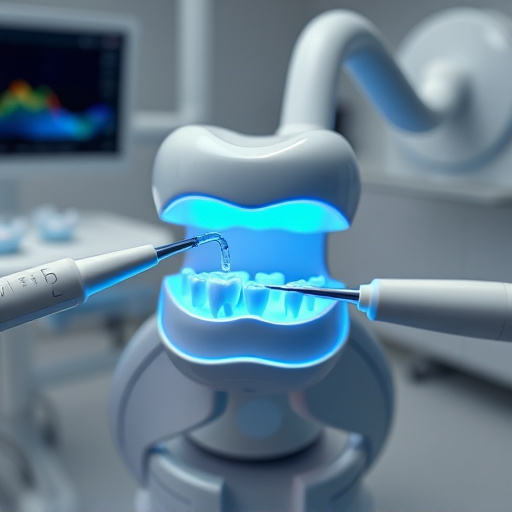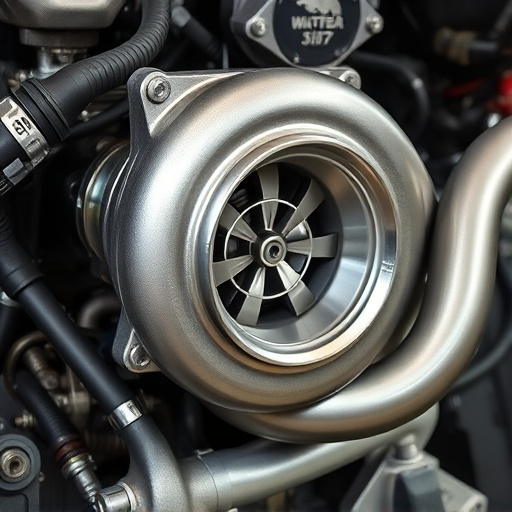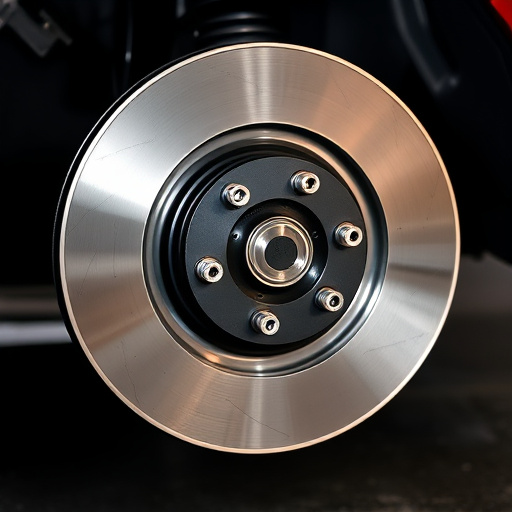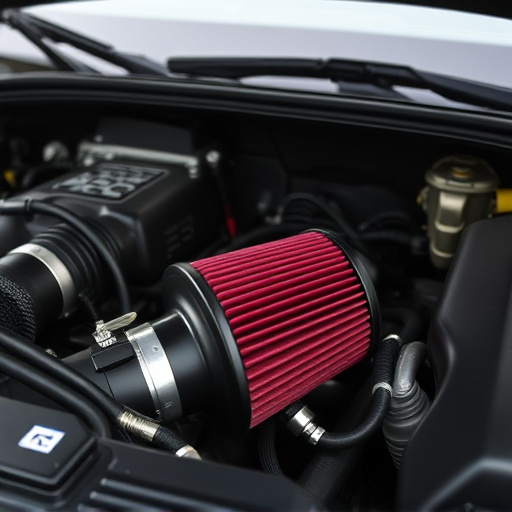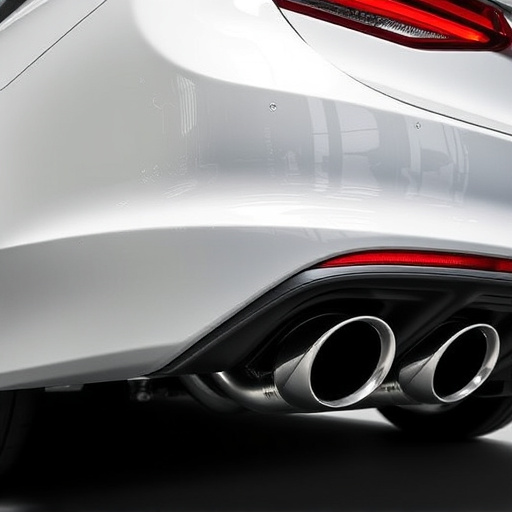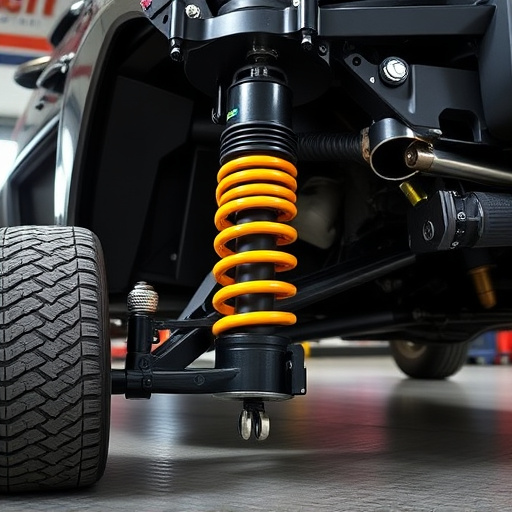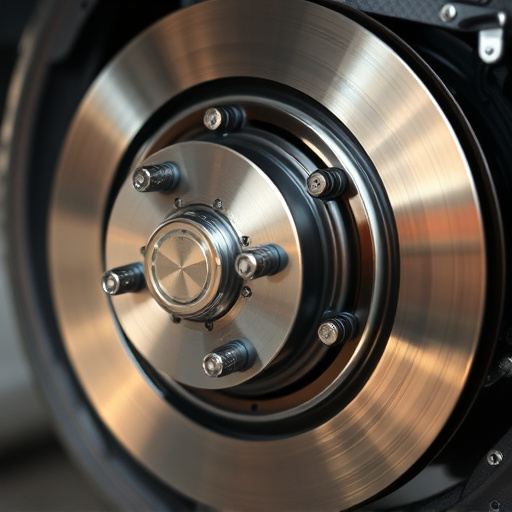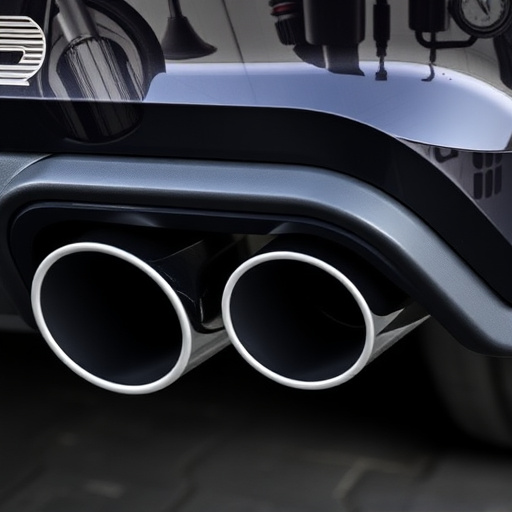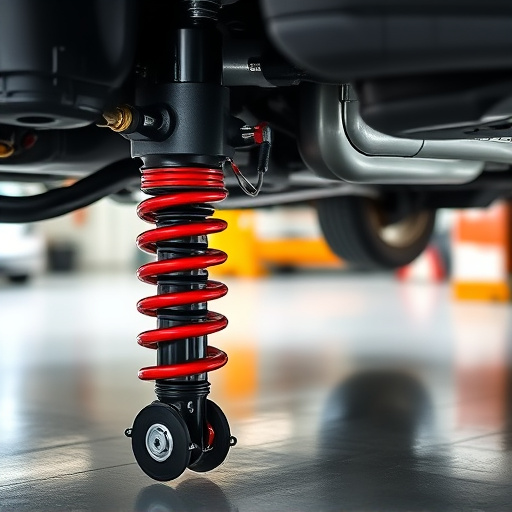Modern vehicles rely on catalytic converters to reduce harmful emissions and ensure clean combustion. When modifying a vehicle with components like cold air intakes or upgraded exhaust systems, regular catalytic converter replacement may be necessary to maintain compliance with emission standards. Aged vehicles or those with aftermarket modifications may experience decreased performance due to outdated or compromised original converters. A new converter ensures optimal performance while meeting environmental regulations, making it a crucial part of any customization process. This guide provides step-by-step instructions for safely replacing a catalytic converter, emphasizing safety measures like proper ventilation and protective gear.
Considering a vehicular modification? Know that replacing your car’s catalytic converter is often crucial. This essential component plays a pivotal role in reducing harmful emissions, enhancing engine performance, and ensuring compliance with environmental standards. This article guides you through understanding catalytic converters, recognizing the need for replacement, and provides a step-by-step process for a safe and effective catalytic converter replacement.
- Understanding Catalytic Converters: Their Role and Function
- Reasons for Replacement: Common Issues and Triggers
- Step-by-Step Guide: Replacing Your Catalytic Converter Safely
Understanding Catalytic Converters: Their Role and Function
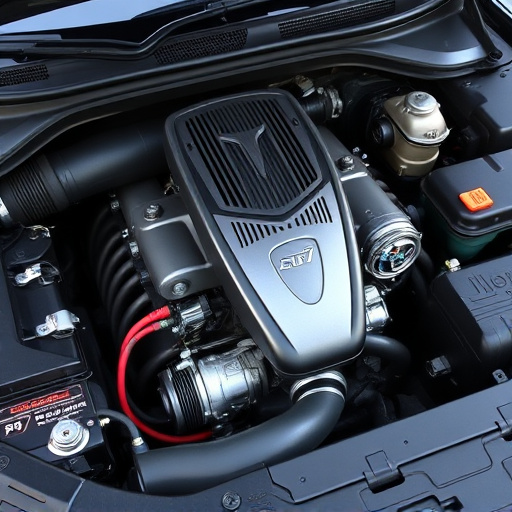
Catalytic converters are integral components of modern vehicles, playing a pivotal role in reducing harmful emissions and ensuring cleaner combustion. These devices work by facilitating a chemical reaction within the exhaust gases, breaking down pollutants like nitrogen oxides, carbon monoxide, and hydrocarbons into less toxic substances. This process is crucial for maintaining environmental standards and improving air quality, especially in urban areas.
During vehicle modifications, such as installing cold air intakes or upgrading exhaust systems, it’s essential to consider the impact on emissions control. While modifications can enhance performance and handling through upgrades like suspension components, they may also require adjustments to the catalytic converter to maintain compliance with emission regulations. A catalytic converter replacement might be necessary to ensure that modified vehicles continue to meet these standards, preventing any legal issues and contributing to a greener environment.
Reasons for Replacement: Common Issues and Triggers
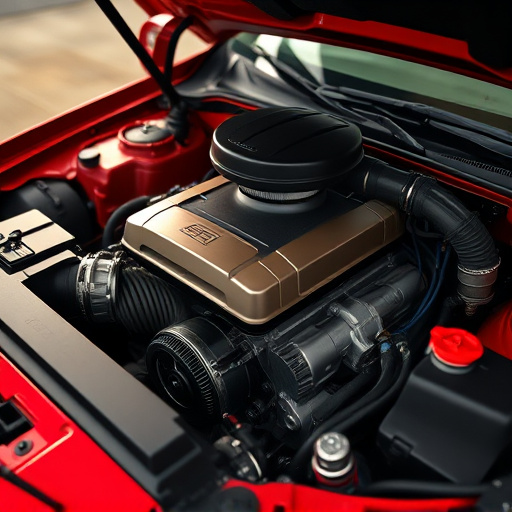
When considering a catalytic converter replacement during vehicle modifications, it’s crucial to understand why such a change is necessary. Common issues that prompt this upgrade include decreased engine performance and inefficient exhaust systems. As vehicles age or when aftermarket parts are installed, the original catalytic converter might not function optimally, leading to reduced fuel efficiency and potential environmental concerns.
Triggering factors can range from modified exhaust tips or cat-back exhaust systems that alter exhaust flow dynamics to high-performance engines that demand better oxygen control. Regardless of the reason, a replacement catalytic converter ensures optimal vehicle performance while adhering to emission standards, making it a vital component in any customization process.
Step-by-Step Guide: Replacing Your Catalytic Converter Safely
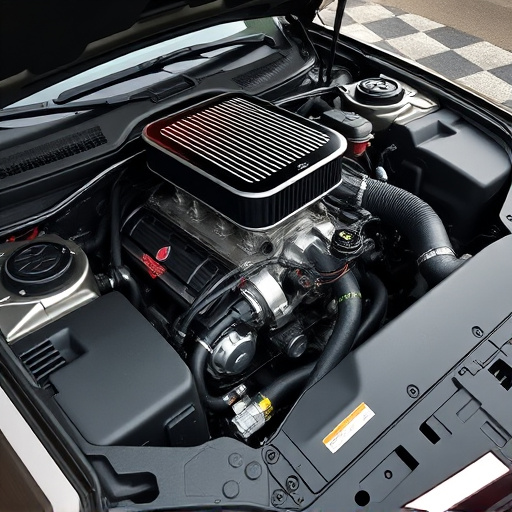
Step-by-Step Guide: Replacing Your Catalytic Converter Safely
1. Safety First: Before beginning your catalytic converter replacement, ensure proper ventilation in your work area and wear protective gear, including gloves, safety glasses, and long sleeves. This process involves handling hazardous materials, so safety is paramount. Additionally, raise the vehicle securely using jack stands to prevent any accidents or injuries.
2. Identify and Loosen: Locate the catalytic converter beneath your vehicle, usually in the exhaust system between the engine and mufflers. Identify the bolts securing it in place, then use a socket wrench to loosen them counterclockwise. Don’t remove them entirely yet; just enough to access the converter easily. While doing this, be mindful of any other components nearby, such as exhaust pipes or brackets, that could interfere with your work.
3. Remove and Inspect: Once loosened, carefully pull out the old catalytic converter. Set it aside in a safe place. Inspect the surrounding area for any signs of damage or corrosion. This is also a good time to check other components like the exhaust mufflers, air filter kits, and brake pads, ensuring everything looks in good condition and replacing as needed.
4. Install New Converter: Position the new catalytic converter in its place, ensuring it aligns with the bolt holes. Secure it tightly with the loosened bolts, torquing them to the manufacturer’s specifications. Check that all connections are secure and tight.
Catalytic converter replacement is a crucial step in vehicle modifications, ensuring optimal engine performance and environmental compliance. By understanding the role of these converters and following a safe replacement process, car enthusiasts can enhance their vehicles’ efficiency without compromising emissions standards. This guide provides the necessary tools for navigating this essential maintenance task, empowering both professionals and DIYers to make informed decisions regarding their vehicle’s future.
